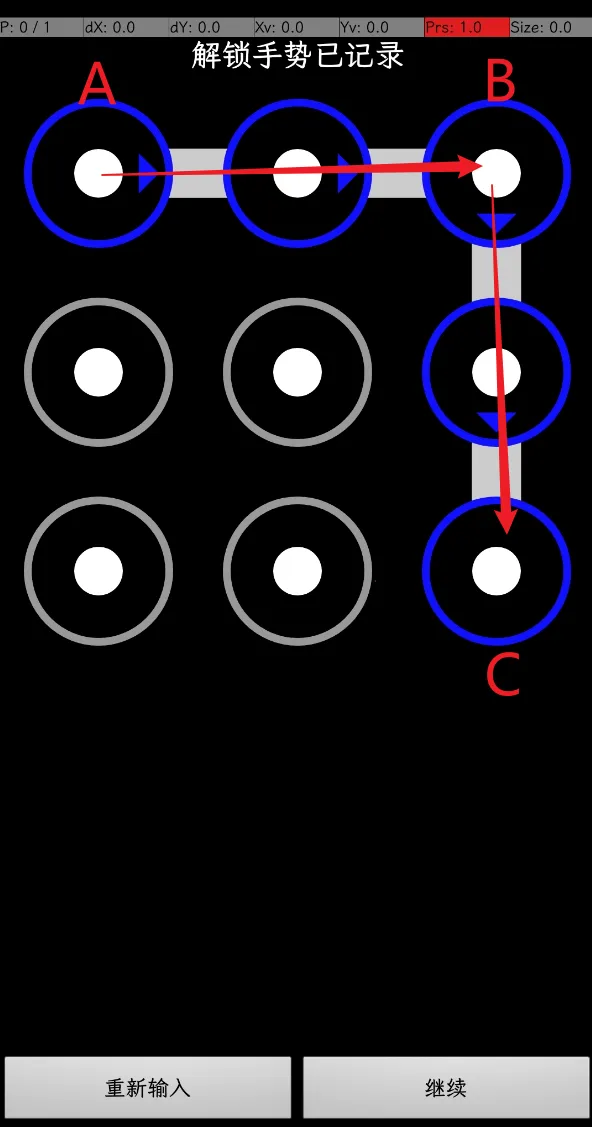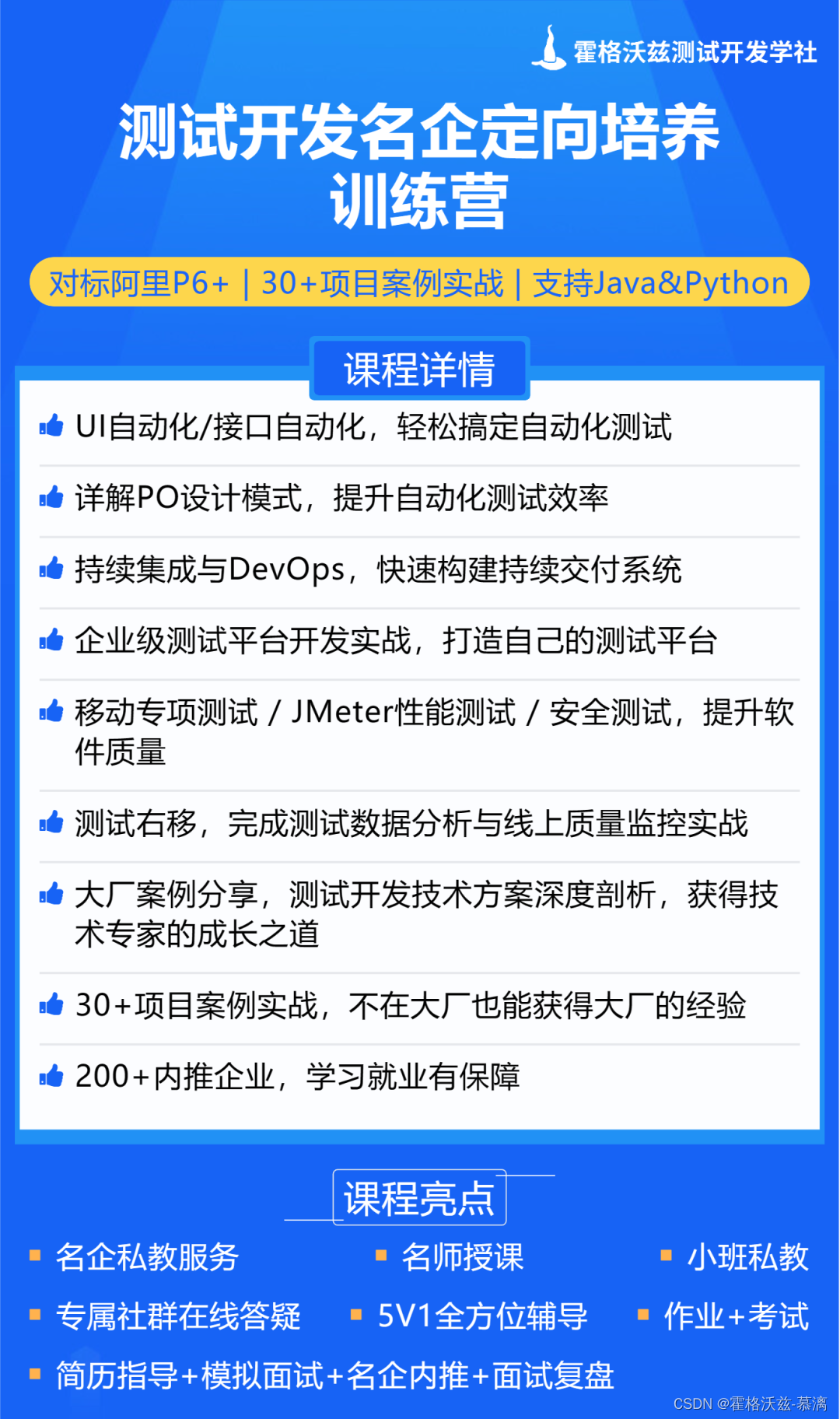揭秘高级控件技巧:让您的App与众不同
简介
APP 的控件元素不仅涵盖了基础用户界面操作,还包括用户与应用程序中更复杂、功能丰富的空间之间的互动。这种交互远不止于简单的按钮或输入框。通过借助 Appium 的 Actions,能够完成对应用程序进行手势识别的交互。这意味着可以通过各种手势,如滑动、缩放、长按等,实现更灵活、直观的用户体验。这种高级交互使得应用程序更具交互性和吸引力,为用户提供了更深入参与应用功能的途径。
Actions 介绍
Actions 是 Appium 中的关键类,专门设计用于执行各种手势和交互操作,包括但不限于点击、滑动、长按等。这个类的存在使得在移动端应用程序的自动化测试中,通过 Appium 可以轻松地控制设备活模拟器执行多样化的手势操作,通过 Actions ,测试人员可以模拟用户真实的操作行为,确保应用在不同交互场景下的稳定性和可靠性。这一功能对于移动应用的全面测试和质量保证至关重要。
ActionChains 和 Actions 区别
ActionChains 是 Selenium WebDriver 中的一个类,可用于执行一系列的操作,如鼠标悬停、拖放、按下键盘等。
而 Actions 是 Appium 中的一个类,用于执行手势和交互操作,如点击、滑动、长按等。
尽管两者的名称相似,但它们是针对不同的自动化测试环境而设计的。
ActionChains 适用于网页自动化测试,通过 Selenium WebDriver 控制浏览器执行各种交互操作,并提供了一系列方法来模拟用户的行为。
而 Actions 则适用于移动端应用程序的自动化测试,通过 Appium 控制设备或模拟器执行各种手势操作。
除了适用于不同的自动化测试环境之外, ActionChains 和 Actions 的用法和语法也略有不同。在 Selenium WebDriver 中使用 ActionChains 时,可以通过链式调用方法来执行一系列操作,并使用 perform() 方法来触发操作的执行。而在 Appium 中使用 Actions 时,需要创建 TouchAction 对象,并使用其提供的方法来执行手势操作,并使用 perform() 方法来触发手势的执行。
Actions 用法
在使用 ActionChains 进行用户交互自动化时,首先需要导入 ActionChains 类以及其他相关模块,然后定义一个 ActionChains 实例,并将 driver 传入。之后,可以通过定义输入源和具体的动作来实现各种用户交互操作。
- 导入 ActionChains 类及其他模块
- 定义 ActionChains 实例 \'actions\',传入 driver
- 定义输入源
- 定义动作
- 执行动作
滑动解锁示例
- 安装手势密码锁 app(TouchAction.apk)
- 打开应用
- 点击【设置手势】
- 完成手势操作(如图)

实现手势滑动时,通常需要结合坐标,并可通过设置设备的输入选项,从界面中找到具体的坐标点。
手势滑动路径如下图所示:

Python 版本
class TestActionChains: def setup_class(self): # 设置启动参数 caps = { \"platformName\": \"Android\", \"appium:appPackage\": \"cn.kmob.screenfingermovelock\", \"appium:appActivity\": \"com.samsung.ui.FlashActivity\", \"appium:noReset\": True, \"appium:shouldTerminateApp\": True, } # 初始化 driver self.driver = webdriver.Remote(\'http://localhost:4723\', options=UiAutomator2Options().load_capabilities(caps)) # 设置隐式等待 self.driver.implicitly_wait(15) def teartdown_class(self): # 退出应用程序 self.driver.quit() def test_slide_to_unlock(self): # 点击设置手势 self.driver.find_element(by=AppiumBy.ID, value=\"cn.kmob.screenfingermovelock:id/patternTxt\").click() print(self.driver.get_window_size()) # 定义ActionChains实例 actions = ActionChains(self.driver) # 定义输入源 actions.w3c_actions = ActionBuilder(self.driver, mouse=PointerInput(interaction.POINTER_TOUCH, \"touch\")) # 定义动作 pointer_down按下 pause暂停 release释放 # 需要实现3个点之间的滑动,A->B 水平滑动 B—>C 竖直滑动 bounds = self.driver.find_element(AppiumBy.ID, \'cn.kmob.screenfingermovelock:id/patternView\').get_attribute( \'bounds\') actions.w3c_actions.pointer_action.move_to_location(204, 377) actions.w3c_actions.pointer_action.pointer_down() actions.w3c_actions.pointer_action.move_to_location(930, 373) # 停顿0.5s 模拟在两个点之间进行拖拽操作 actions.w3c_actions.pointer_action.pause(0.5) actions.w3c_actions.pointer_action.move_to_location(846, 1150) actions.w3c_actions.pointer_action.pause(0.5) actions.w3c_actions.pointer_action.release() # 执行操作 actions.perform() # 获取【继续】按钮的 clickable 属性值 result = self.driver.find_element(AppiumBy.ID, \"cn.kmob.screenfingermovelock:id/btnTwo\").get_attribute( \"clickable\") # 断言【继续按钮】可点击 assert result == \"true\"总结
- Actions 用法
- 滑动解锁示例



